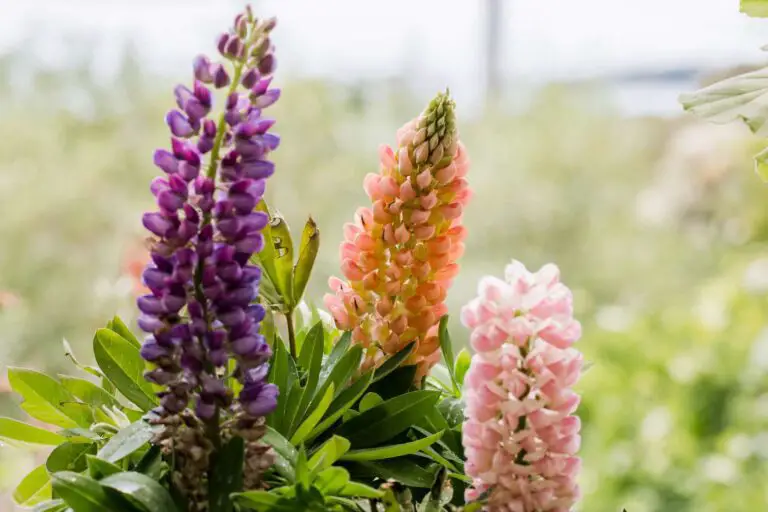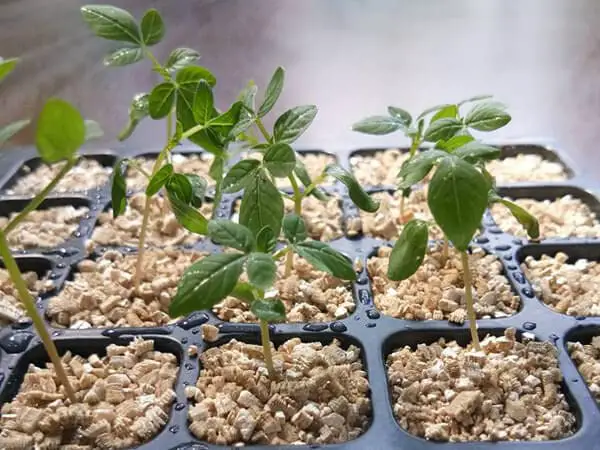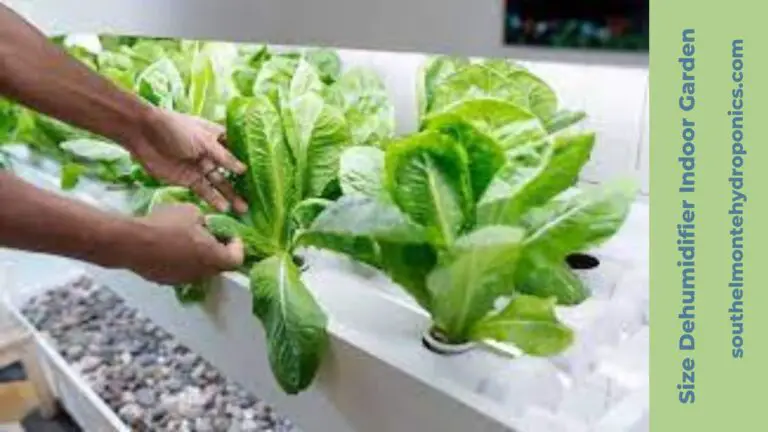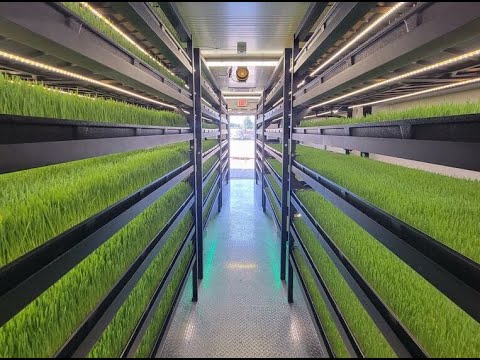Dragon Fruit Cultivation: Super Exotic Delights
Table of Contents
Benefits of Growing Dragon Fruit
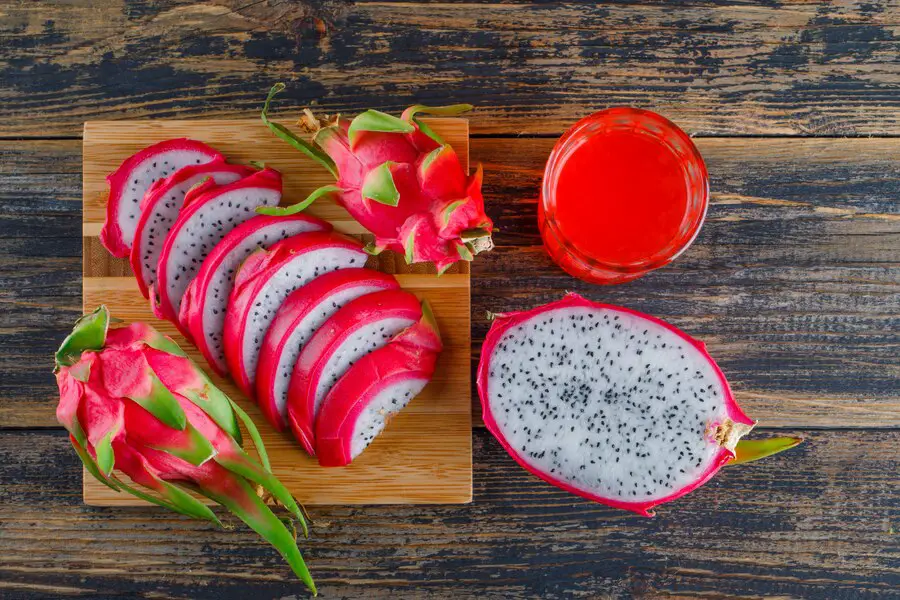
Dragon fruit, also known as pitaya, is a fascinating tropical fruit that offers a myriad of benefits for both growers and consumers. One of the most enticing advantages of cultivating dragon fruit is its adaptability to a range of soil types, making it a versatile option for various growing conditions. Additionally, dragon fruit plants are relatively low maintenance once established, requiring minimal care and attention compared to other fruit crops.
Furthermore, growing dragon can be a profitable venture for farmers and gardeners alike. With the increasing popularity of this exotic fruit in the global market, cultivating dragon can provide a lucrative income stream. Moreover, the vibrant and unique appearance of dragon fruit makes it a visually appealing addition to any garden or agricultural setting, enhancing the aesthetic value of the landscape.
Ideal Climate for Dragon Cultivation
Dragon fruit thrives in warm, tropical climates, making it well-suited for cultivation in regions with consistent temperatures between 65°F to 75°F (18°C to 24°C). These temperature ranges provide the ideal conditions for dragon fruit plants to grow and produce an abundant harvest. Additionally, dragon fruit plants require ample sunlight, with at least six hours of direct sunlight daily to support healthy growth and fruit development.
In areas with frost or extreme cold temperatures, dragon plants may struggle to survive. Therefore, it is essential to protect dragon fruit plants from freezing temperatures by providing adequate shelter or moving them indoors during winter months. Understanding the specific climate requirements of dragon fruit plants is crucial for successful cultivation and a bountiful harvest of this exotic fruit.
Choosing the Right Variety of Dragon Fruits
When selecting the right variety of dragon fruit for cultivation, there are several factors to consider to ensure a successful and bountiful harvest. One key aspect to evaluate is the climate in which the dragon fruit will be grown. Different varieties have specific climate requirements, including temperature, humidity, and sunlight exposure. It is essential to choose a variety that is well-adapted to the local environmental conditions to optimize growth and fruit production.
Another critical factor to consider when choosing a dragon variety is the fruit characteristics. Varieties can differ in terms of fruit size, color, sweetness, and texture. Some varieties may have a thicker skin, while others may be more vibrant in color. By selecting a variety that aligns with personal preferences or market demands, growers can ensure that their dragon will be well-received and satisfy consumer expectations.
Preparing Soil for Dragon Fruits Planting
To ensure successful growth of dragon plants, it is vital to prepare the soil adequately. Dragon thrives in well-draining soil with a slightly acidic to neutral pH level ranging from 6 to 7.5. Before planting, test the soil to determine its pH level and amend it as needed to create the ideal growing conditions for these unique cacti. Incorporating organic matter such as compost or well-rotted manure can help improve soil structure, fertility, and moisture retention, providing a favorable environment for the roots to establish and access essential nutrients.
Additionally, dragon plants require good aeration in the soil for healthy root development. Ensure the soil is loose and friable by breaking up any clumps and ensuring proper drainage to prevent waterlogging, which can lead to root rot. Adding perlite or sand to the soil mixture can enhance drainage and aeration, promoting robust root growth and overall plant health. By taking the time to prepare the soil adequately before planting, you can set the stage for successful cultivation and a bountiful dragon harvest.
Planting Dragon Cuttings
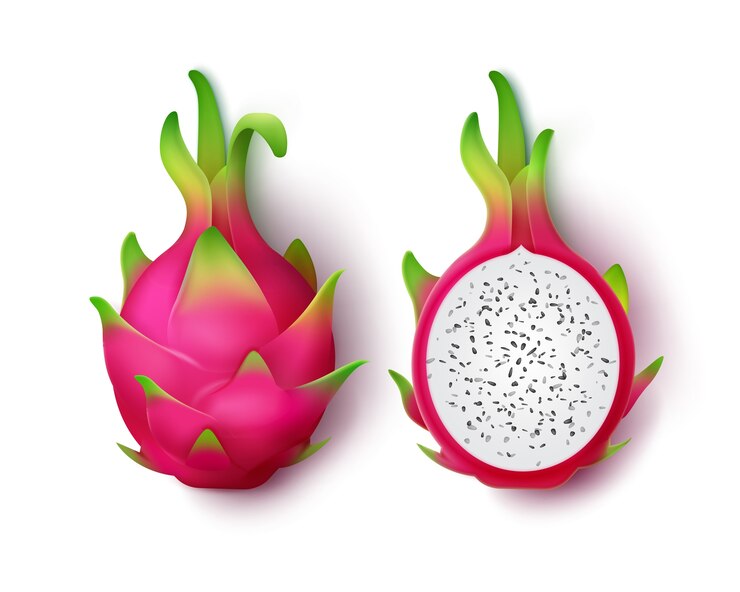
To plant dragon cuttings, it is essential to first select healthy cuttings from a well-established plant. Cuttings should ideally be around 12-18 inches long, with at least three nodes present for optimal growth potential. Make sure the cuttings are taken from disease-free plants to prevent any issues in the future.
After obtaining the cuttings, allow them to dry and callus for about a week before planting. This step is crucial to avoid rotting when the cuttings are placed in the soil. If planting directly in the ground, ensure the soil is well-draining and slightly acidic with a pH level between 6.0-7.0. Dig a hole big enough to accommodate the cutting, ensuring the node area is buried while the upper part remains above ground. Water the newly planted cutting sparingly to prevent root rot and monitor its progress closely to ensure successful establishment.
Caring for Dragon Fruit Plants
Dragon fruit plants require proper care to thrive and produce an abundant harvest. One essential aspect of caring for dragon plants is providing adequate sunlight. These plants thrive in full sun, so it is crucial to ensure they receive at least 6-8 hours of sunlight daily for optimal growth and fruit production. Insufficient sunlight can lead to stunted growth and poor fruit development.
In addition to sunlight, dragon fruit plants require well-draining soil to prevent waterlogging, which can cause root rot. It is best to use a cactus or succulent potting mix to ensure proper drainage. Moreover, regular watering is crucial for these plants, especially during the growing season. It is important to keep the soil consistently moist but not waterlogged to promote healthy growth. Overwatering can lead to root rot, while underwatering can cause wilting and poor fruit development.
Watering Needs of Dragon Plants
Dragon fruit plants require proper watering to thrive and produce optimal fruit yields. Overwatering can lead to root rot, impacting the plant’s health and productivity. On the other hand, underwatering can stress the plant, affecting its growth and fruit development. Finding the right balance is crucial in maintaining healthy dragon plants.
It is recommended to water dragon fruit plants thoroughly but infrequently. Young plants should be watered more frequently to establish their root systems, while mature plants can be watered deeply but less frequently to encourage deeper root growth. Checking the soil moisture levels regularly and adjusting the watering frequency according to the plant’s needs and the climate conditions can help in promoting healthy growth and fruit production.
Fertilizing Dragon Plants
When fertilizing dragon fruit plants, it is crucial to understand their nutrient requirements for optimal growth and fruit development. Dragon plants are heavy feeders, particularly in the early stages of growth. A balanced fertilizer with a higher concentration of phosphorus is recommended to promote flowering and fruiting. Additionally, a slow-release fertilizer can provide a steady supply of nutrients over an extended period, ensuring consistent growth.
It is essential to avoid over-fertilizing dragon plants as this can lead to salt buildup in the soil, causing root damage and nutrient imbalances. Monitoring the plant’s growth and observing any signs of nutrient deficiency can help adjust the fertilization schedule accordingly. Organic fertilizers, such as compost or well-aged manure, can also be beneficial in providing a steady source of nutrients while improving soil structure and microbial activity. By following a well-balanced fertilization regimen, gardeners can help their dragon plants thrive and produce bountiful harvests.
Pruning and Trellising Dragon Fruit
Pruning Dragon plants is essential to promote optimal growth and fruit production. This process involves removing dead or damaged branches to encourage new growth and maintain the overall health of the plant. By regularly pruning your Dragon plant, you can also improve air circulation, which helps prevent diseases and pests from affecting the plant. Additionally, pruning can shape the plant and control its size, making it easier to manage and harvest fruits.
Trellising Dragon plants is another important aspect of their cultivation. Providing a sturdy trellis or support structure can help the plant grow vertically, ensuring better exposure to sunlight and airflow. This is crucial for the optimal development of fruits and to prevent them from rotting on the ground. Trellising also makes it easier to harvest the fruits and reduces the risk of damage from pests and diseases. By training your Dragon Fruit plant to grow on a trellis, you can maximize space utilization in your garden or farm while enhancing the overall productivity of the plant.
Protecting Dragon Fruit Plants from Pests and Diseases
To protect your dragon fruit plants from pests and diseases, it is crucial to maintain a consistent monitoring schedule. Regularly inspecting your plants for any signs of infestation or illness can help catch problems early on, preventing them from spreading and causing significant damage. Implementing preventive measures such as promoting good air circulation around the plants and proper spacing can also reduce the risk of disease development.
When it comes to controlling pests on your dragon fruit plants, utilizing natural predators and organic solutions can be effective in keeping infestations at bay without harming beneficial insects or the environment. Neem oil, insecticidal soaps, and botanical insecticides are some options to consider for managing common pests like mealybugs, aphids, or spider mites. Remember to always follow the instructions on the product labels and avoid using chemical pesticides unless absolutely necessary to protect the health of your plants and the ecosystem.
Harvesting Dragon Fruit
Dragon fruits should be harvested when they are fully ripe to ensure optimal taste and sweetness. To determine if a dragon is ready for harvest, gently press on the fruit – it should give slightly without feeling too soft. The skin color of the fruit may also change from bright green to a more reddish hue depending on the variety. Remember, dragon do not ripen after they are picked, so it’s crucial to harvest them at the right time.
When harvesting dragon , use a sharp knife or pruning shears to cut the fruit from the plant, leaving a short stem attached. Be cautious not to damage the fruit or the plant while harvesting. It’s recommended to wear gloves as the spines on the fruit and plant can cause skin irritation. After harvesting, dragon can be stored at room temperature for a few days or in the refrigerator for up to two weeks. Enjoy the unique flavor and health benefits of this exotic fruit in various culinary creations!
Storing and Ripening Dragon Fruits
After harvesting dragon fruits, it is essential to store and ripen them properly to enjoy their full flavor and nutritional benefits. To store dragon fruit, place them in a cool, dry place away from direct sunlight. Avoid refrigerating whole dragon , as this can affect their flavor and texture. Instead, store them at room temperature for up to one week.
To ripen dragon fruit, simply leave them at room temperature until they are soft to the touch. Ripe dragon will have a slightly soft texture, similar to a ripe avocado. Once ripe, you can enjoy the sweet and refreshing taste of the dragon either by scooping out the flesh or cutting it into slices. Remember, ripe dragon fruit should be consumed within a few days for the best flavor and texture.
Using Dragon in Culinary Creations
Dragon fruit, also known as pitaya, is a versatile fruit that can be incorporated into various culinary creations. Its vibrant pink flesh specked with black seeds adds a pop of color and a mild sweetness to dishes. In desserts, dragon can be used to make smoothies, sorbets, puddings, and even ice creams. Its subtle flavor pairs well with other fruits like mango, pineapple, and berries, creating refreshing and visually appealing treats. Moreover, dragon can be added to salads for a crunchy texture and a hint of sweetness, enhancing the overall taste and presentation.
Beyond desserts and salads, dragon can also be utilized in savory dishes to add a unique twist. Its delicate flavor makes it a great addition to salsas, sauces, and marinades, providing a balance of sweetness and acidity. Grilled shrimp or chicken topped with a dragon salsa can elevate a simple dish into a gourmet experience. Additionally, dragon can be used in cocktails and mocktails, lending a tropical flair and a touch of elegance to beverages. Whether you are a culinary enthusiast or a professional chef, experimenting with dragon in various recipes can open up a world of creative possibilities in the kitchen.
Health Benefits of Consuming Dragon Fruits
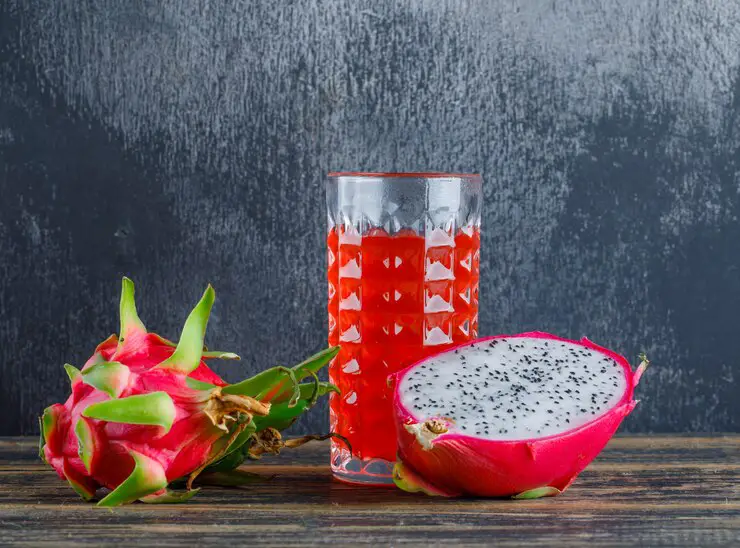
Dragon fruit, also known as pitaya, is not only visually appealing but also offers a plethora of health benefits when consumed. Rich in antioxidants, dragon fruit can help combat free radicals in the body, potentially reducing the risk of chronic diseases such as heart disease and cancer. Furthermore, this exotic fruit is a good source of fiber, aiding digestion and promoting gut health.
In addition to its antioxidant properties and fiber content, dragon fruit is also packed with essential vitamins and minerals. This fruit is particularly high in vitamin C, which is crucial for immune function and skin health. Moreover, dragon fruit contains iron, magnesium, and calcium, supporting overall well-being and vitality. Incorporating this vibrant fruit into your diet can be a delicious way to boost your health and nourish your body with essential nutrients.
Here’s a basic table outlining some key aspects of dragon cultivation:
| Aspect | Information |
|---|---|
| Plant Species | Hylocereus undatus (White-fleshed), Hylocereus costaricensis (Red-fleshed), Hylocereus megalanthus (Yellow-fleshed) |
| Climate | Tropical and subtropical regions |
| Soil | Well-draining soil with pH 6-7 |
| Temperature | Optimal: 65°F to 85°F (18°C to 30°C) |
| Light | Full sun exposure required |
| Watering | Regular watering, but avoid waterlogging |
| Fertilization | Balanced fertilizer application during growing season |
| Pruning | Prune to control growth and shape, remove damaged or dead stems |
| Support | Trellises or stakes for climbing varieties |
| Pests and Diseases | Common pests: aphids, mealybugs, scale insects; Diseases: root rot, stem rot, fungal infections |
| Harvesting | Harvest when fruit is fully colored and slightly soft to touch |
| Yield | Varies with cultivar and growing conditions |
| Post-Harvest Care | Wash and store at room temperature, avoid stacking to prevent bruising |
This table provides a general overview of dragon cultivation practices, but specific requirements may vary depending on factors such as local climate, soil conditions, and cultivar type.
Exploring Different Dragon Fruits Varieties
Dragon fruit, also known as pitaya, comes in various varieties, each with its unique characteristics and flavors. The most common types of dragon include the white-fleshed Hylocereus undatus, which has a mild sweetness and subtle acidity. The red-fleshed Hylocereus polyrhizus, on the other hand, boasts a vibrant pink-red hue and a sweeter taste profile. Moreover, the yellow-skinned Selenicereus megalanthus offers a sweeter and slightly tangy flavor compared to its counterparts.
In addition to these popular varieties, there are lesser-known types of dragon such as the Vietnamese dragon with red skin and white flesh, and the Costa Rican pitahaya with a bright pink exterior and white pulp. Each variety of dragon brings a unique combination of taste, color, and texture to the table, making them a delightful addition to any garden or fruit basket.
Are there any specific tips for selecting the best dragon fruit variety for my climate?
Yes, it’s important to choose a dragon variety that is well-suited to your climate. Some varieties are more heat-tolerant, while others prefer cooler temperatures. Do some research on the different varieties available and select one that matches the climate conditions in your area.
Can I grow different varieties of dragon together in the same garden?
Yes, you can grow different varieties of dragon fruit together in the same garden. Just be sure to provide enough space for each plant to grow and thrive. Additionally, keep in mind that some varieties may have different water and sunlight requirements, so it’s important to tailor your care routine accordingly.
How do I know when it’s time to harvest dragon from different varieties?
The best way to determine when to harvest dragon fruit is by looking at the color of the skin. Different varieties may have slightly different ripening times and color changes, so it’s important to familiarize yourself with the specific characteristics of the variety you are growing. Generally, ripe dragon fruit will have a bright color and give slightly when pressed.
What are some unique culinary uses for different dragon varieties?
Dragon fruit can be used in a variety of culinary creations, from smoothies and salads to desserts and cocktails. Different varieties may have slightly different flavors and textures, so it’s fun to experiment with using them in different recipes. Try adding dragon to a fruit salsa, blending it into a tropical smoothie, or using it as a colorful garnish for cocktails.


